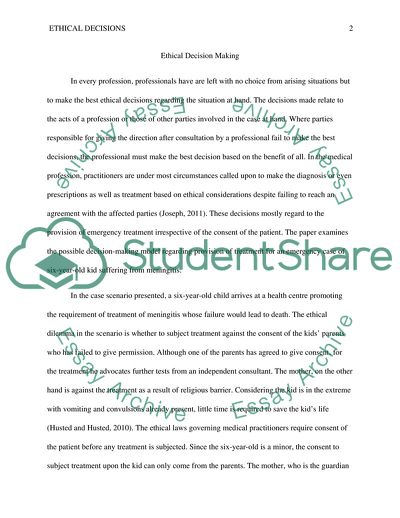Cite this document
(Not Found (#404) - StudentShare, n.d.)
Not Found (#404) - StudentShare. https://studentshare.org/medical-science/1855592-ethical-decision-making-in-emergency-patient-treatment
Not Found (#404) - StudentShare. https://studentshare.org/medical-science/1855592-ethical-decision-making-in-emergency-patient-treatment
(Not Found (#404) - StudentShare)
Not Found (#404) - StudentShare. https://studentshare.org/medical-science/1855592-ethical-decision-making-in-emergency-patient-treatment.
Not Found (#404) - StudentShare. https://studentshare.org/medical-science/1855592-ethical-decision-making-in-emergency-patient-treatment.
“Not Found (#404) - StudentShare”. https://studentshare.org/medical-science/1855592-ethical-decision-making-in-emergency-patient-treatment.


